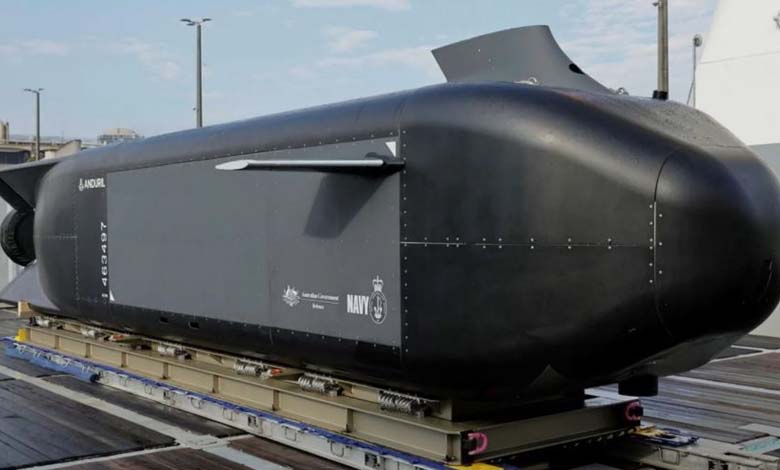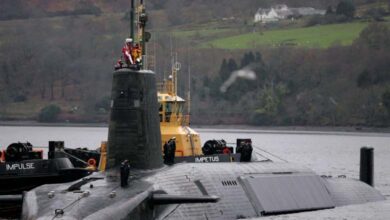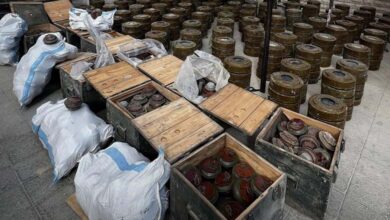Australia Arms Itself with the Ghost Shark: A Naval Weapon of Deterrence and Attack

The Australian government announced on Wednesday an ambitious plan to build a fleet of unmanned attack submarines, marking the largest defense project in the nation’s history.
The program is valued at 1.1 billion US dollars, reflecting growing security concerns across the Indo-Pacific region.
-
Australia announces its decision to list Hamas’ military and political wings as terrorist organizations
-
From Simplicity to Smart Armor: The Top 10 Battle Tanks
What is the “Ghost Shark”?
Defense Minister Richard Marles confirmed that these submarines, known as “Ghost Shark,” will gradually enter service starting in January. Designed for intelligence gathering, surveillance, and reconnaissance, they will also be capable of carrying out direct strike missions when required.
This unmanned underwater vehicle can dive to depths of up to 6,000 meters and remain at sea for up to ten consecutive days. Its endurance allows it to cover vast maritime areas, while adapting to highly complex environments.
-
America First in Antarctica: The South Pole Enters the Geopolitical Arena
-
Wanted for $5 Million: Trump Administration Hunts Down Man Who Sells Death
Thanks to its modular design, the Ghost Shark can be equipped with a variety of systems tailored to specific missions, enhancing its tactical value in high-risk operational zones.
Equipped with advanced autonomous control systems, the submarine can independently adjust its course or mission, while still being redirected remotely if necessary. This capability reduces human exposure to dangerous environments and increases operational flexibility for the Australian Navy.
-
Australia Expels Iranian Ambassador and Moves to Designate the Revolutionary Guards as a Terrorist Organization
-
Australia criticizes Netanyahu for denying Gaza’s suffering as hunger crisis worsens
A Major Industrial Contract
The defense company Anduril Australia has secured a massive 1.7 billion AUD (941 million EUR) contract to build, maintain, and further develop these submarines. This long-term collaboration highlights Canberra’s determination to strengthen its domestic defense industry.
Complementing Nuclear Submarines
According to Marles, the Ghost Sharks will not replace the nuclear-powered submarines Australia is developing under the AUKUS agreement with the United States and the United Kingdom. Instead, they will complement them, providing the navy with a dual capability for both conventional operations and advanced missions.
-
Attack on Synagogue in Melbourne: Australian Authorities Launch Investigation
-
Billionaire, Party, and Politics… Trump’s Shadow Appears in Australia
This strategic move comes at a time of increasing tensions with China and a growing military presence in the Pacific, prompting Canberra to accelerate its defense modernization. The aim is to transition from being a traditional regional power to a naval force with unprecedented offensive and reconnaissance capabilities.
A Regional Arms Race
Last month, Australia signed its largest defense deal with Japan since World War II, agreeing to purchase 11 Mogami-class frigates valued at 6 billion US dollars.
Canberra’s stated goal is to expand its fleet of major warships from 11 today to 26 within the next decade.
-
Knife Attacks Strike Again in Australia
-
Australian sanctions against Iran in response to human rights violations and the war in Ukraine












